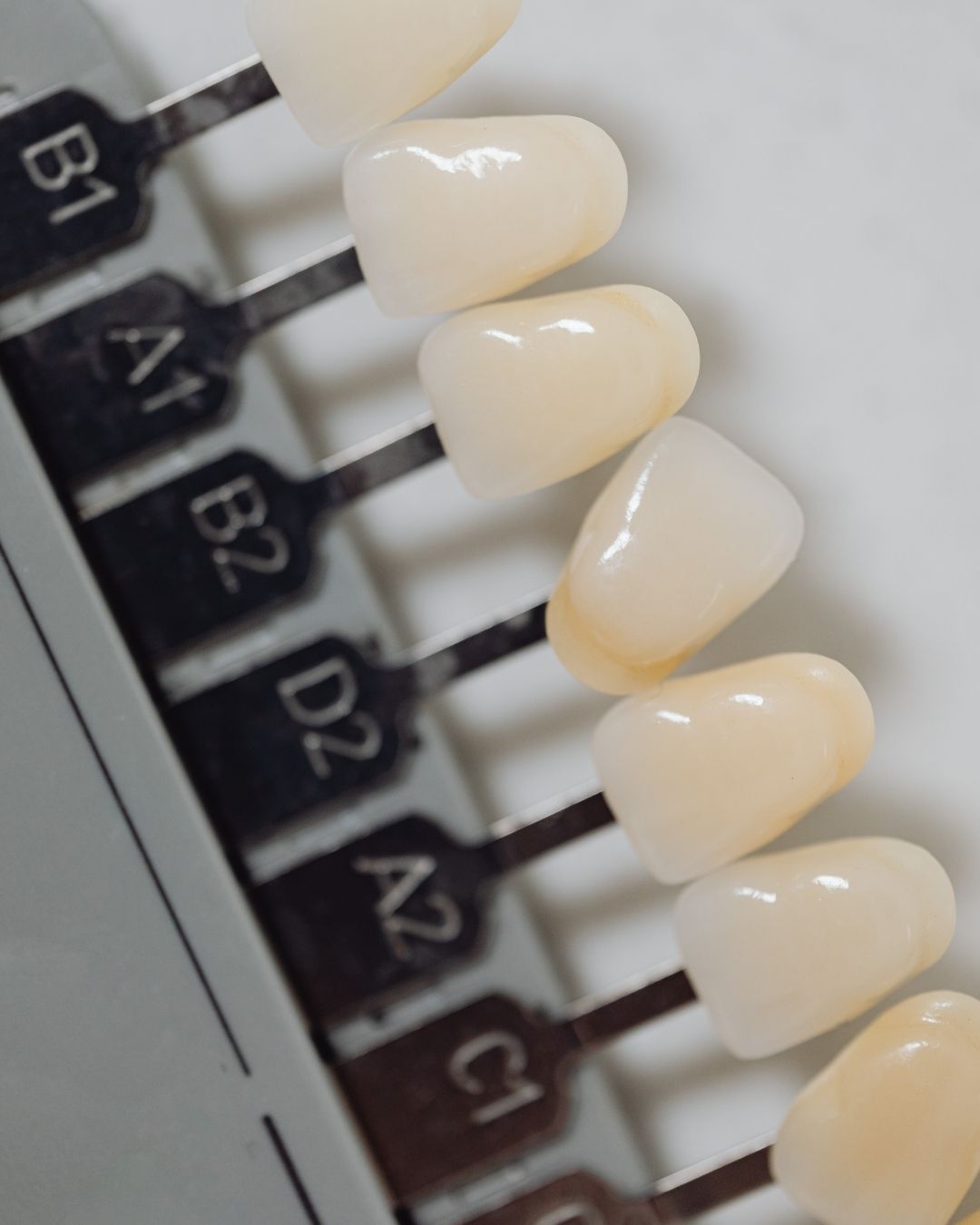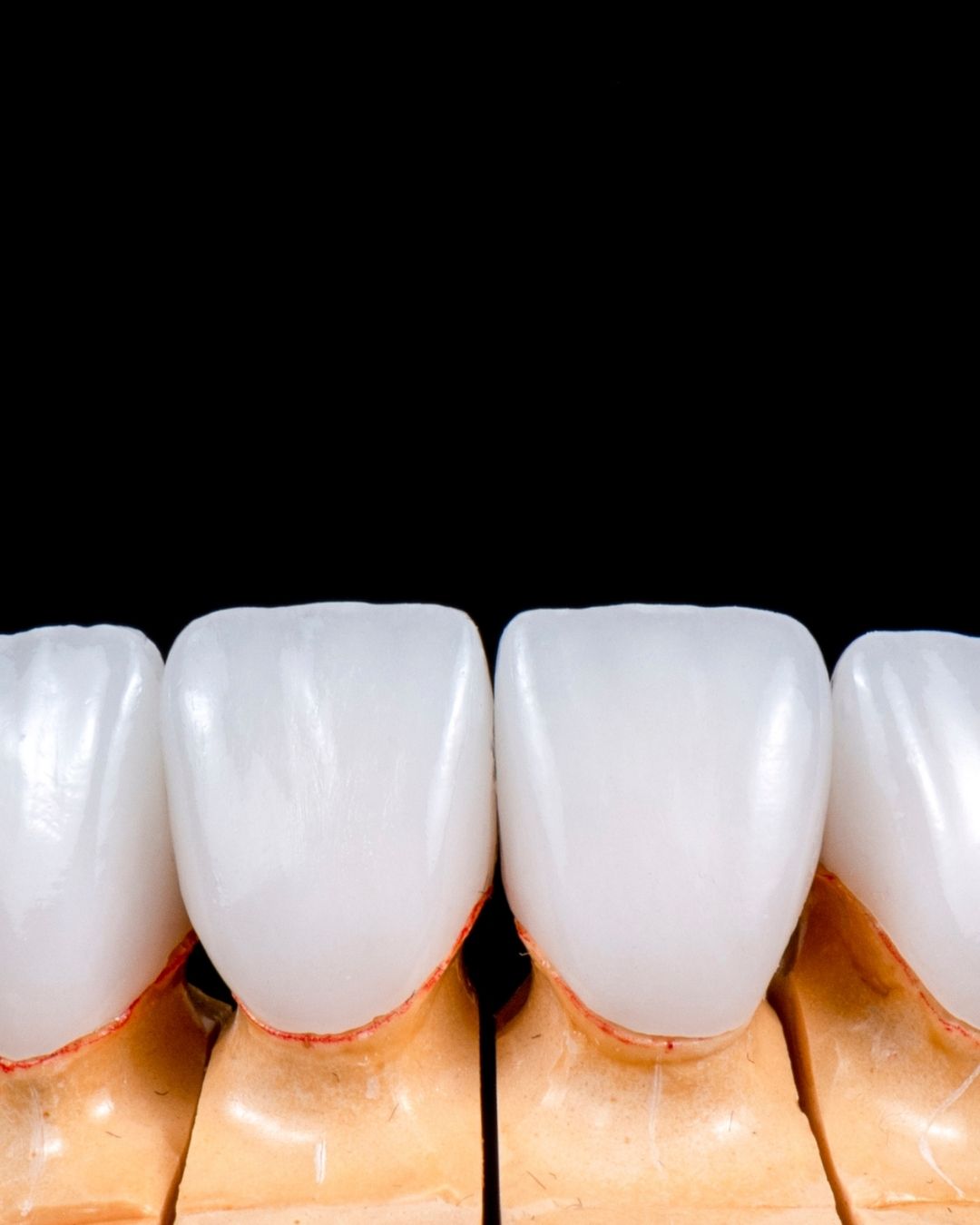Differences Between Laminate and Porcelain Veneers
Cosmetic dentistry today offers a variety of treatment options for a healthy and beautiful smile. Two of the most popular options are laminate veneers and porcelain veneers.
Although they both aim to improve smile aesthetics, they have significant differences in terms of application methods, advantages and areas of use.
What is Laminate Dental Veneer?
Laminate veneers, also known colloquially as laminated porcelain, are applied by bonding very thin layers of porcelain to the front surface of the tooth. Minimal intervention is required to the tooth structure, preserving the natural tooth to a large extent. They are often used to correct tooth discoloration, minor misalignments, or small fractures. Their thin, transparent structure provides a remarkably natural appearance.


What is Porcelain Veneer?
Porcelain veneers are restorative solutions that cover the entire tooth. Because they require more grinding, a larger portion of the tooth is reduced in size and then covered with porcelain. They are used to increase durability in cases of decay, large fractures, teeth that have undergone root canal treatment, or severe structural deformities. These veneers are more durable and long-lasting than laminate veneers.
Differences Between the Two Coatings
Laminate veneers are a minimally invasive procedure designed primarily for aesthetic reasons. Porcelain veneers, on the other hand, are a strong solution for both aesthetic and functional reasons, and are particularly preferred in cases of significant tooth loss. Laminate veneers offer a more natural appearance, while porcelain veneers stand out for their durability.
Which One Should Be Preferred In Which Situation?
The choice is made based on the individual’s needs and dental structure. For individuals with only aesthetic concerns and strong teeth, laminate veneers are the ideal solution. However, for individuals with severe tooth damage, large fillings, or structural weaknesses, porcelain veneers are more suitable. Therefore, the best decision is made after a thorough examination by a specialist dentist.


